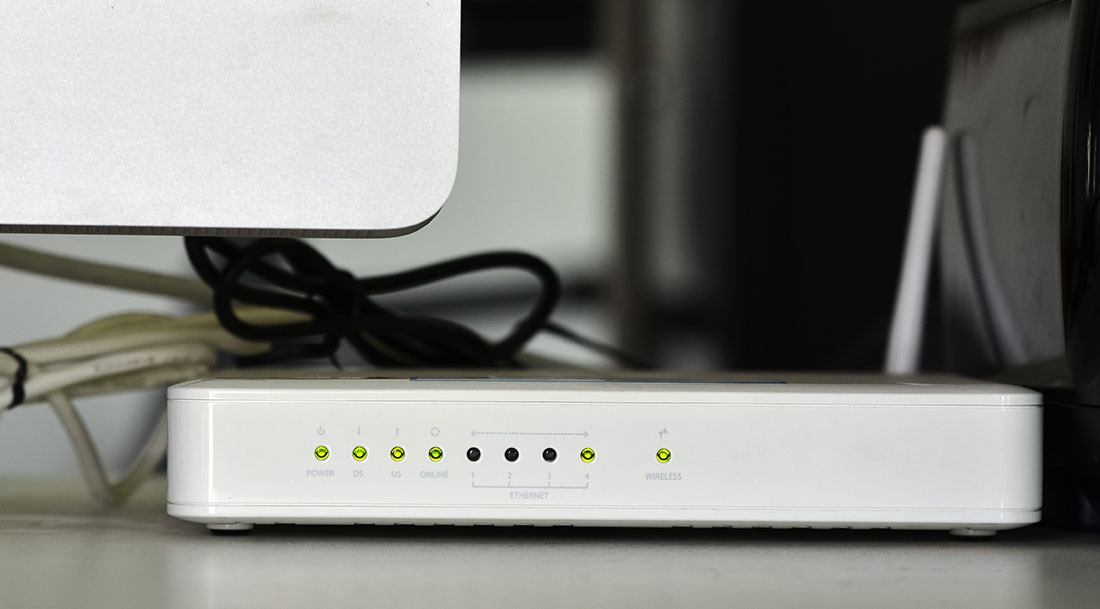Boost Your Office WiFi Yourself
Every office has them. Those areas where we all dread to go because entering that conference room, or that hallway, or that office means that your WiFi signal will drop from awesome to painfully slow or downright unusable. But did you know there are some simple yet effective ways that you can improve your office WiFi in-house without calling in a tech firm?
First, understand your weak points. To gain an understanding of what you need to do, take the time to map out the areas in your office where your WiFi signal fades into oblivion. You can do this the old fashioned way, by asking your employees to note troubled areas and by literally carrying your cell phone around and determining where and when your bars are nonexistent. You also can do it the high-tech way – by carrying your cell phone around after you install a WiFi analyzer app that literally tells you where your weak points are and suggests modifications that will improve their efficiency. (There also are high-tech tools that do the same thing, but since so many great apps are free to moderately priced, why pay for something that you (hopefully) will only have to use once?) If your weak spots are few and far between, or in lightly used areas of your office, fixing your network might indeed be as simple as not placing a permanent device that relies on WiFi – like an office printer – in one of those areas.

Take the time to map out the areas in your office where your WiFi signal fades into oblivion.
Need help mapping your wifi? Contact us!
Next, get secure. Sure, it’s easier to use an unsecured network, because your employees can access it quickly without bothering to enter a password – but that means everyone else can access it as well. That means that visitors, neighbors and anyone else who happens to be passing by can be using and draining your bandwidth, slowing the networks that you pay for. (Unsecure networks also are a huge security risk in this age of data theft, as they give the bad guys an easy and direct entry route into your systems.) Speaking of theft, make certain that you change your passwords frequently – and definitely after a disgruntled employee leaves – or you could be leaving your network open to an attack.
Limit your exposure. Of course, your employees need to use your bandwidth, but your guests don’t – at least not as much bandwidth. To allow guests to access your WiFi safely, establish a guest network and make certain that your employees encourage their guests to use that one. Not only does this ensure that your employee network is more secure, but it also allows your IT team to establish limits on the amount of bandwidth that guests use, thus ensuring that your employees are able to access what they need, when they need it.
“Just like your home, your office WiFi signal can be blocked by obstacles like concrete walls, furniture and sheer distance… For the best results, choose a wide open area and consider elevating your router.”
Choose the right spot. Just like your home, your office WiFi signal can be blocked by obstacles like concrete walls, furniture and sheer distance. However, these items are even more of an issue in offices – where steel beams, concrete walls and closed spaces can wreak havoc with signals. For the best results, choose a wide open area and consider elevating your router instead of hiding it on the floor behind a desk or in a utility closet.
Check your channel. Typically, when you first install a router it will automatically “scan” for an open channel and then continue to use that channel for as long as you allow it to. That works fine if you only have one router, but if you add more over time (or your neighbors do) you might find yourself sharing a channel. To get the most speed and access out of your channel, scan for one that is less congested and then manually switch your router.

To get the most speed and access out of your channel, scan for one that is less congested and then manually switch your router.
Router channels can be confusing – contact us if you have questions!
Give your signal a boost. If those options aren’t enough, you can buy relatively inexpensive devices to “boost” your signal. Work your angles – literally – so that you position one or more of these devices in your office such that they can pick up a strong signal from your router and then transmit it to areas in your office that the router is not reaching.
Cover more area. Mesh technology is a different approach to networking that is ideal for some offices. Instead of a single network, this tech essentially creates a series of overlapping networks within your office – pretty much like laying a mesh fabric over your office space. This allows your WiFi to reach into areas where it normally couldn’t with a traditional router.

You can get faster transfer speeds on the 5 Ghz band, however, this connection can be interrupted by walls. For devices in the same room as the router, you can connect them at 5G, but devices outside of the room should be connected at the 2.4 Ghz band. – Vinnie Sanchez, PCS Computer Technician
By using one – or a combination – of these simple tricks, you might be able to make your employees much happier and more productive without calling in a tech team.
